Photo Credit: International Crane Foundation
Cranes and communities: A case study in Eastern Africa
2022 CMP Photo Story Competition Winner
by International Crane Foundation and Endangered Wildlife Trust

Grey Crowned Cranes need urgent action.
The majestic and endangered gray crowned crane is at risk of being lost across East Africa, which was once their historic stronghold. Grey crowned cranes are the fastest declining crane species in the world, having declined by 90% in the past 40 years. Protected areas cannot safeguard them as they depend on small pockets of wetlands scattered across East Africa… the same wetlands that poor farming communities depend on for their livelihoods.
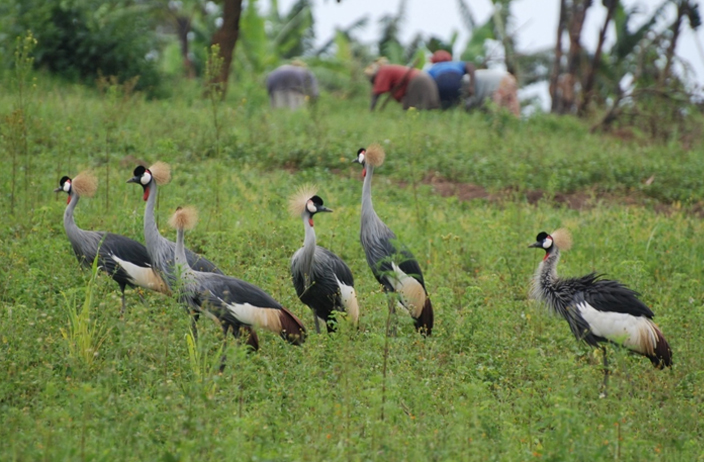
Crane solutions must involve communities.
As wetlands are lost and degraded by a growing human population, expanding agriculture, and increased drought, grey crowned cranes and communities are in much greater contact.
Cranes are negatively impacting community livelihoods.
Agriculture is occupying more and more historic crane habitat and cranes are increasingly foraging in agricultural fields, eating and damaging crops. With fewer available breeding habitats, cranes are forming large flocks, further exacerbating the impact of crane crop raiding. Any crop losses to cranes (or other wildlife) cause significant impacts on household livelihoods and the overall socio-economic status of communities.
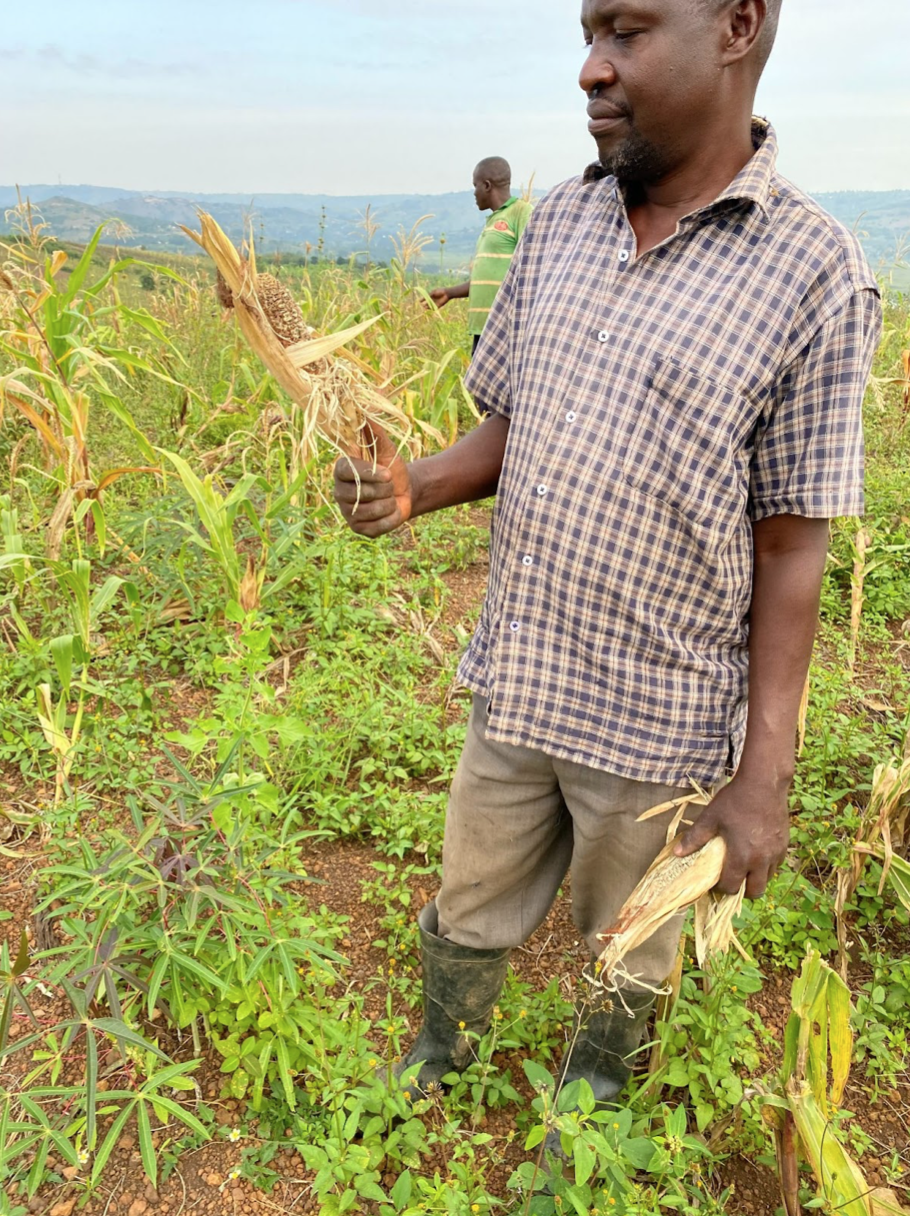
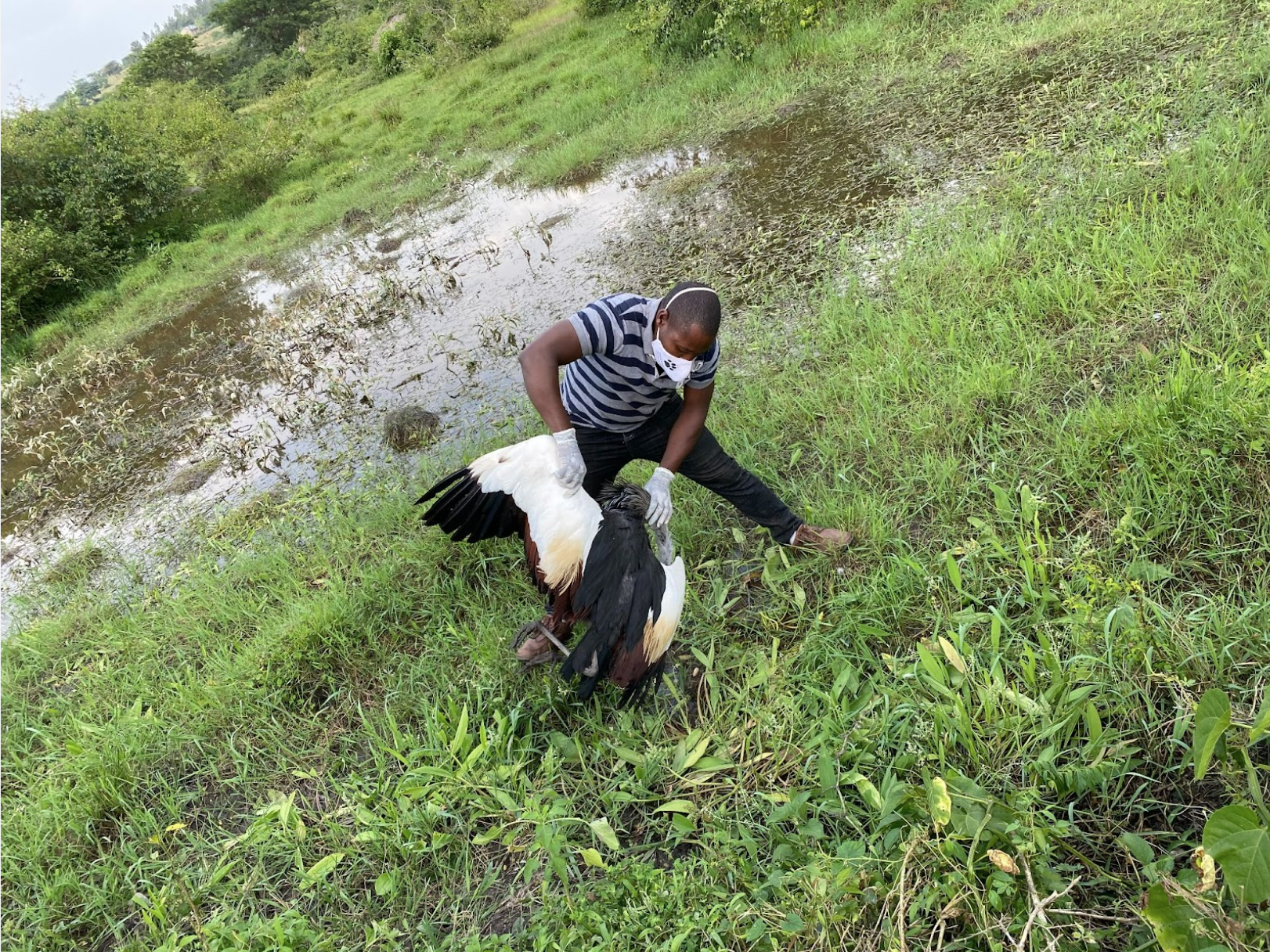
Intentional harm to cranes is an urgent, emerging threat.
There are strong cultural attachments to cranes across East Africa and taboos about harming them. However, to prevent crop losses, farmers are intentionally setting out bait, poisoned with unregulated agro-chemicals, and killing cranes… and exposing themselves to harmful chemicals at the same time. This intentional harm to prevent crop raiding is leading to increasingly dramatic losses in grey crowned crane populations across East Africa. Without addressing this mounting problem, cranes may become extirpated from East Africa.
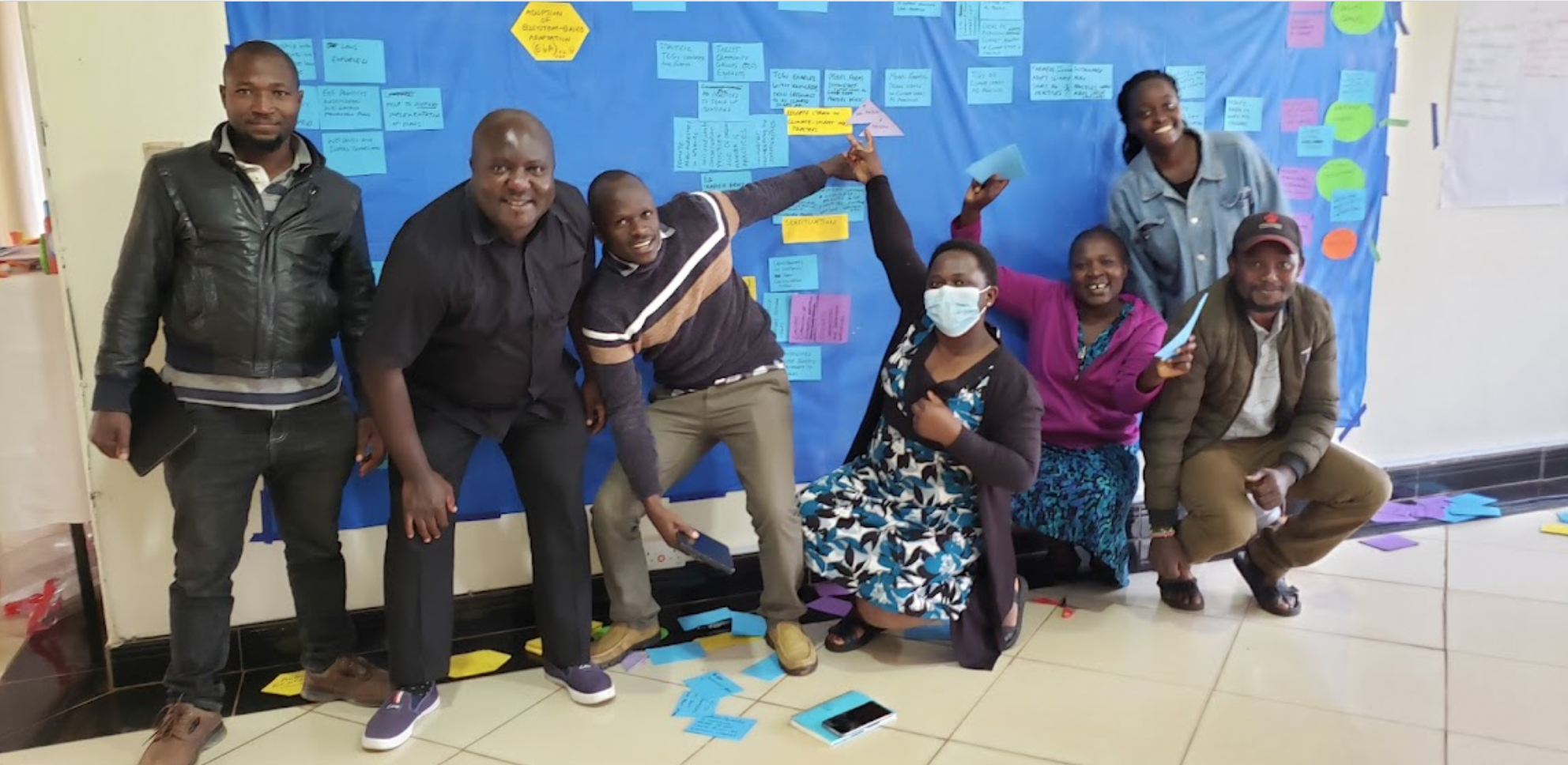
The threat is being addressed with the help of the Conservation Standards.
The International Crane Foundation is using the Conservation Standards to guide our work in East Africa (as well as in other parts of the world). As part of this adaptive management process, the Uganda project team recently came together to assess the situation and this emerging threat and develop solutions to reduce crane mortality and crane crop raiding.
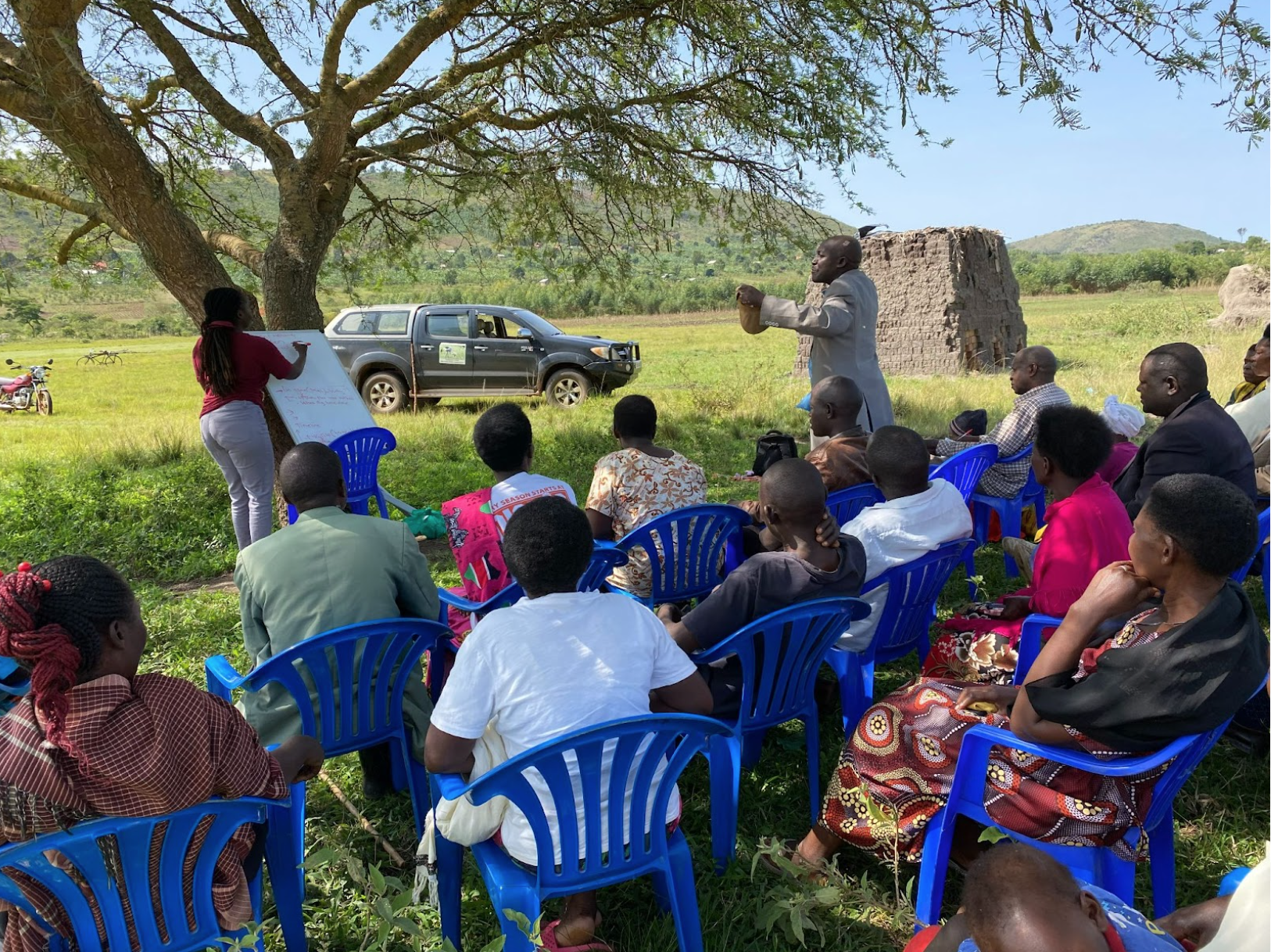
Community and government are engaged to find lasting solutions.
Together with local and national government representatives, the project team visited farms with crane crop losses to understand the extent and severity of the problem. They also met with different sectors of the farming community to understand what solutions might be possible.

Community awareness is being raised to reduce crane harm.
The project team worked with the Ugandan government to spread awareness of the problem and build tolerance for grey crowned cranes through community celebrations and community gatherings. High-level government representatives spoke to the importance of grey crowned cranes (Uganda’s national bird), the illegality of harming cranes, and the severe consequences for those who are caught.

Crane crop raiding solutions are being spread to reduce livelihood impacts.
The project team is working with farmers to expand crop deterrent methods that have already been demonstrated to work in the area and to pilot additional promising methods to use in other parts of the world to deter birds from eating crops. Model farmers are demonstrating methods and teaching others in their community and in neighboring communities. Deterrent methods are helping to reduce crop losses, and longer-term climate-smart agricultural solutions involving mixed planting with some taller perennial crops like cassava, bananas, and fruit trees (as cranes prefer foraging in open fields where they can see in all directions), are being taken up by many farmers in the project area.
Cranes are protected.
Since implementing this work, the number of incidents of crane harm have dramatically fallen in the project area. The project team and local government have also established response teams, which have led to greater crane survival when incidents do occur. These response teams have also engaged the community in agro-chemical cleanups to reduce risks to human health. Lessons and effective methods from this work are now being shared across the International Crane Foundation’s work in East Africa.
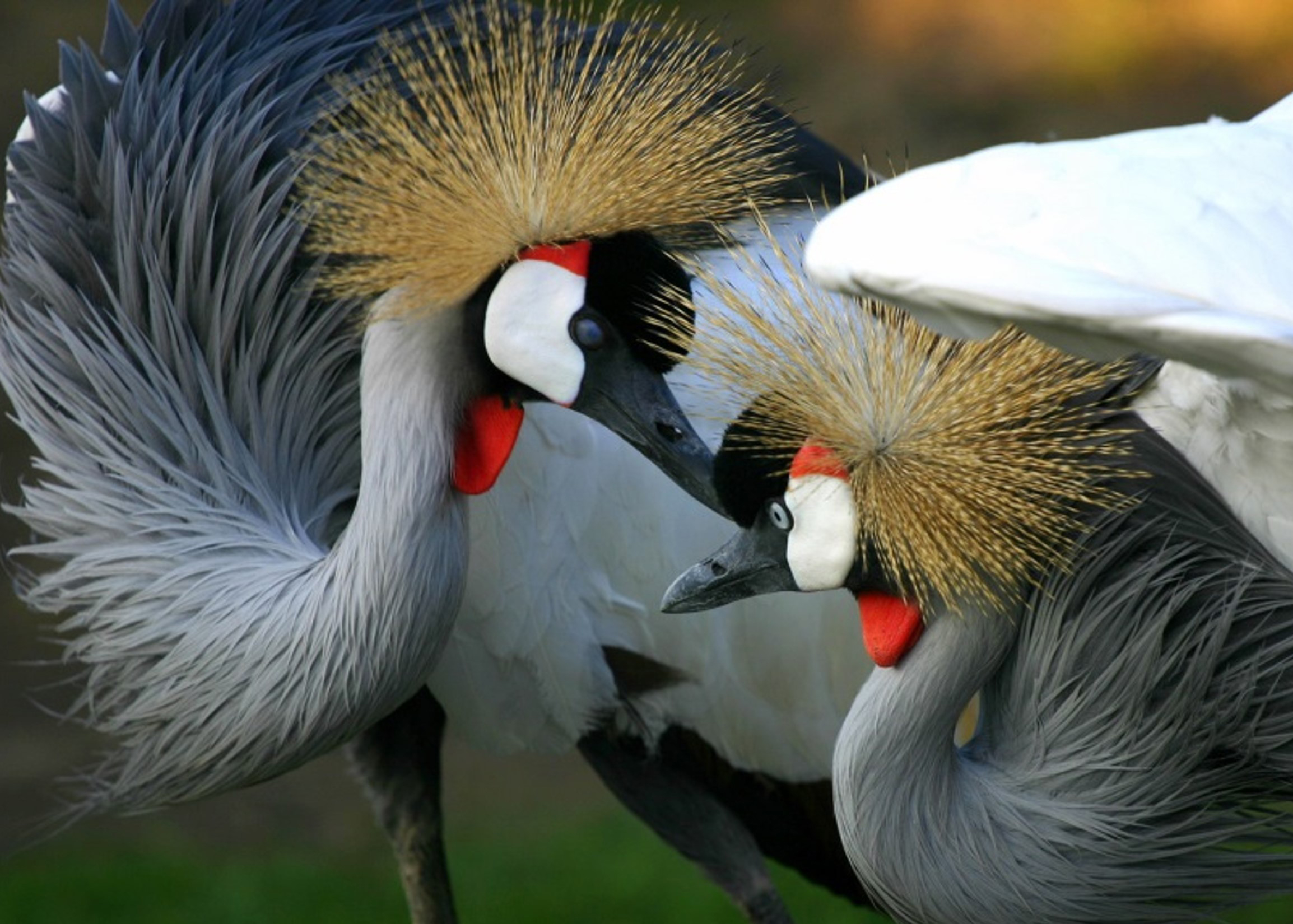
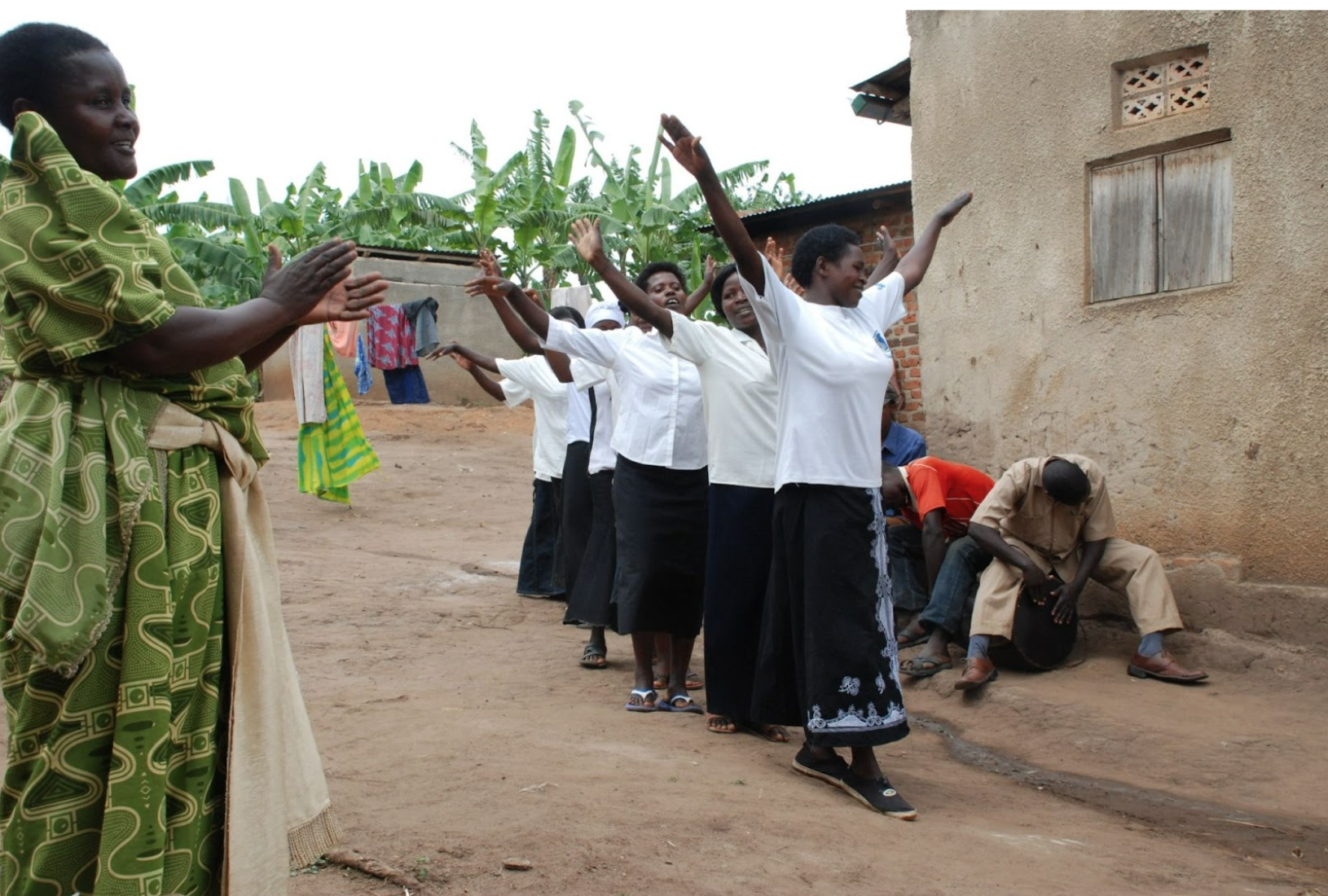
Community livelihoods are protected.
Solutions to crane crop raiding are working. The engagement of the community in devising and implementing these solutions has improved attitudes towards cranes and increased community stewardship of the cranes and the wetlands upon which both communities and cranes depend.
Learn more about the winners in our 2022 photo story competition here.
Download CS
The Conservation Standards is the product of inputs, field tests, and discussions among members of the Conservation Measures Partnership (CMP), which has final editorial authority over the Conservation Standards. Substantial input was also provided by members of the Conservation Coaches Network (CCNet) and other CMP partners.
Photo Credit: Felix Cybulla
Support CS
The biodiversity conservation community is tackling large, complex, and urgent environmental problems where the stakes are high. However, we don’t have a fully functional system to assess the effectiveness of our actions. Without more rigorous measurement of effectiveness and disciplined recording of our efforts, we cannot know or demonstrate that we are achieving desired results.
Photo Credit: Felix Cybulla
Our Collaborators
Every organization, agency, project, and individual has its own preferred set of terms. There is no right answer – the most important thing is that the members of your project team and the people with whom you work have a clear and common understanding of whatever terms you choose to use.
Photo Credit: Chris Scarffe
Contact Us
To inquire about supporting Conservation Standards (CS) or for general inquiries, please contact us at CMPinfo@ConservationMeasures.org
Photo Credit: Nature Conservancy of Canada
